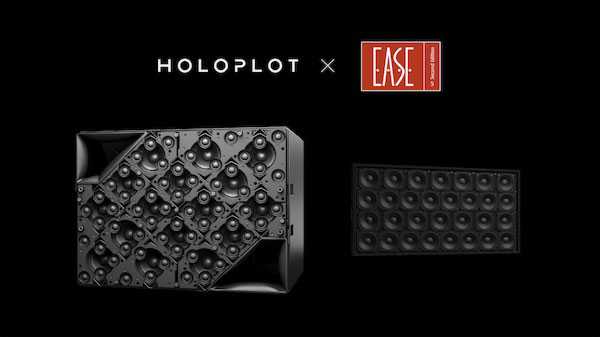Holoplot and AFMG collaborate with EASE
- Details

AFMG’s managing director Stefan Feistel and Emad El-Saghir, fellow at Holoplot, explain how the collaboration came about and how the inclusion of Holoplot’s advanced loudspeaker systems in EASE 5 Second Edition will benefit all end users.
“The changes required to accommodate the complexity of Holoplot X1 and X2 data will benefit all end users of EASE 5, with the enhanced support for cluster-type GLL files recently released in EASE 5.59 and the improved data flow between Holoplot Plan software and EASE 5,” Feistel states. The addition of the room simulations with EASE 5 enables all closed-room performance metrics such as diffuse fields, STI and auralisation predictions to be accurately obtained and easily compared with any product from the 150 brands contained in the EASE 5 Library. Objective validation is another benefit of using a brand independent software to model speaker systems and room acoustics.
“We were early adopters of the EASE software,” explains El-Saghir. “Before the new EASE 5 updates we had a hard time simulating large projects such as Sphere because of the huge arrays and large numbers of inputs involved. AFMG were very supportive, providing us with a dedicated server to run our calculations and simulations.
“By 2018/2019, we had a special version of EASE to run our simulations, so we could stop using the dedicated server. In the early planning stages of Sphere, I could actually design the layout of the system and size the arrays. At the time, the development of our own tools to design was work in progress, so this allowed us to work on the Sphere.
“Today, our own tools are much more powerful, but back then these more simple tools were extremely helpful.” Complex projects such as Sphere often force advances in technology and X1 was further developed in response to the needs of Sphere’s performance space. The innovations were also felt with EASE.
“The new performance requirement for Holoplot simulations in the design of Sphere benefits all users. A 64-bit version of the calculation engine utilised by Holoplot, as well as other advancements, are now available to all users regardless of their loudspeaker choices.”












